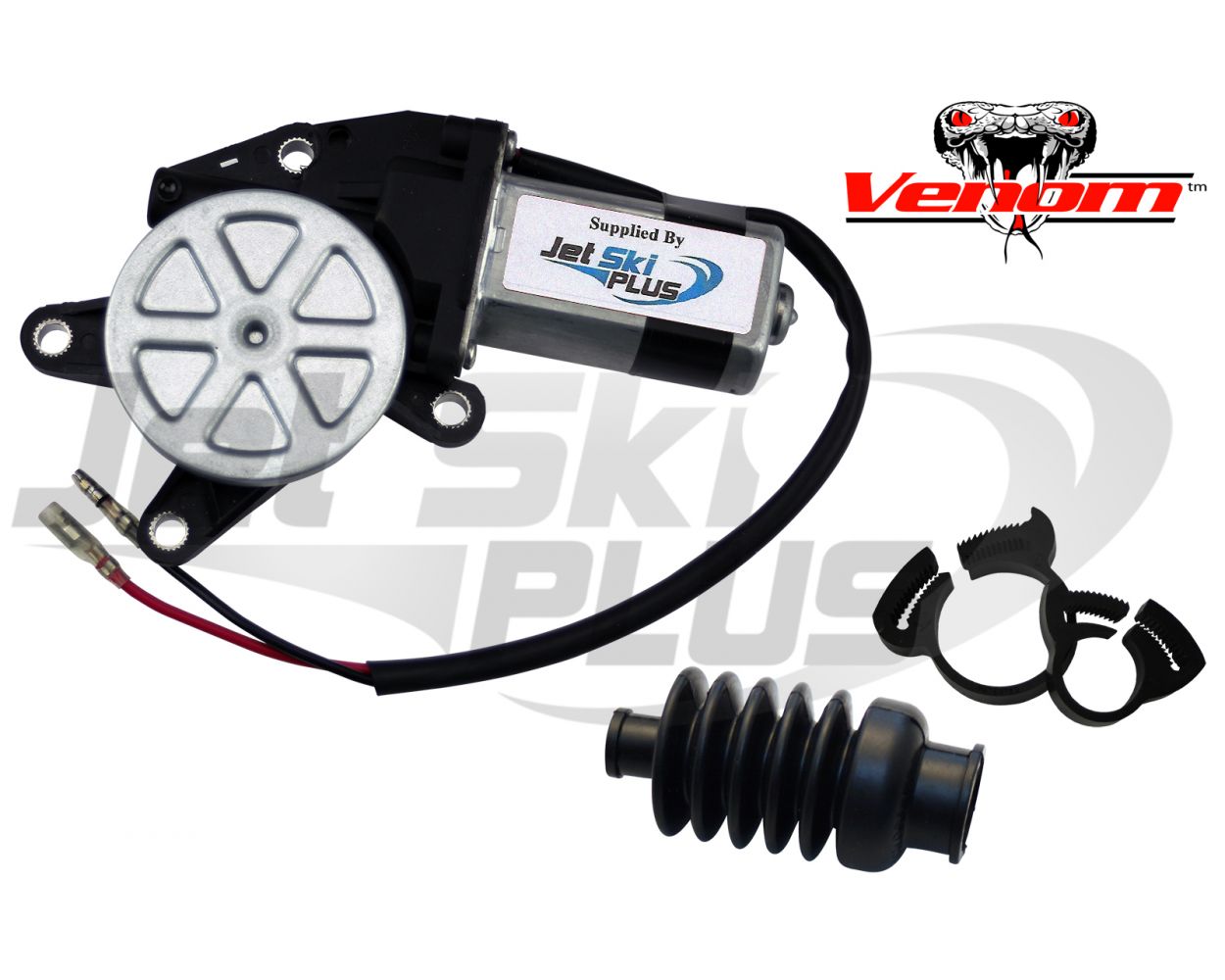

And the engines ( 170 hp, 230 hp, and 300 hp) come with the Advanced Combustion Efficiency technology or the ACE technology. Like most other sea-doo models, this one also has a 4-stroke, 3-cylinder engine. The engine is not that different from other models of Sea-doo jet skis. This jet ski has three models that provide 170 hp engine, 230 hp engine, and 300 hp engine, respectively. The Sea-doo GTX has variations in its engine department. Hence, it is always better to look at all the advantages and disadvantages beforehand. But, like every other product, this one also presents itself with some pros and negotiable cons. The Sea-doo GTX is indeed one of the best jet skis in the market. I can bet if you grab one, you are bound to be impressed.

The robust engine provides the smoothest ride ever. This specific water vehicle comes with exciting features and useful advantages. And if it is the all-new Sea-doo GTX, the ultimate result is the speed with style. This is how a 96 GSX is set up, (3 seperate boxes) I know the more recent boats have more of the stuff built into one potted board.Owning a jet ski or Personal watercraft is cool indeed. It seems such a shame to have bullet-proof motor which is soo simple and reliable only to fall to the digital weak link. The final plan will require removing the DESS to stop the engine and you will be able to grind the starter with the start button if the engine is running. MSD makes a rev limiter/advance curve box for about 100 bucks so I'm gonna run this rig w/o an MPEM. One is a rev limiter link (do we really need this and the other is the timing advance curve. One is 5A of power for the CDI, one is an ignition impulse which is a one way circuit from the CDI "to" the MPEM used for RPM on the tach and the rev limiter. The MPEM and CDI have 4 wires between them. The CDI talks directly to the coil for spark production (white wire) and gets the engine index directly from one of the coils in the magneto assembly but it's not one of the yellow ones which provide power. The wires from the magneto (really a 3 phase generator) go directly to the rectifier. The MPEM and rectifier do not talk, the rectifier just sends 12 volts to the MPEM through the MPEM 15A fuse and from there it goes to charge the battery and power everything else. He hooked up an oscilloscope and spectrum analyzer between the MPEM, CDI and Rectifier here is what we got. One of my buddies is the 100# brain type who works on those expensive aircraft parts, etc. What all does the ignition module get from the MPEM besides power? Does the ignition module have a brain which needs to be unlocked as well? I know the gauges, beeper, etc won't work but the boat is getting pretty old to be dumping a bunch of coin into it. I'd like to run the start stop switch for just a start function and use the DESS key (with a shunt inside) to close the relay to power everything. My question is what is required to bypass the MPEM? I know I need a white wire from the ignition module to the coil to make it spark and the yellow runs the starter solenoid and timing comes from the front via the magneto system.
#How to use seadoo vts plus
Now I find out how much they cost plus reprogramming and I'm thinking "not so much." Something shorted out and the folks replaced the 5A fuse with a 15A fuse what the heck! Traced the short to the single purple wire going into the brain box then swapped the whole MPEM with the one from the 97 and it ran fine. I loaned my skis out and when they came back after a few days the 96 GSX has a hole burned in the MPEM and won't work. This should be fun and I'm not sure if it's legal, but here goes.


 0 kommentar(er)
0 kommentar(er)
